bestfootdoc
Displaying items by tag: bestfootdoc
Dr. Young Talks About Using a Scooter After Surgery
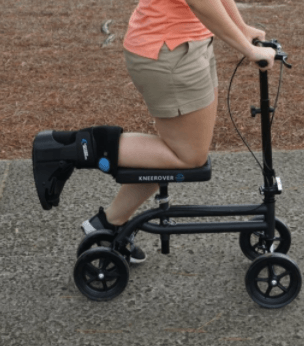
If you need to keep off your foot after surgery, then you can do this one of several ways. A scooter can be a very good option. If you have to use a scooter then you can plan on that ahead of time also. There are different ways of getting a scooter. One would be to use a medical supply company that could deliver it and possibly your insurance would pay for it. Many times our patients will look on craigslist, offer up or next-door and either buy a used one or in some cases they can just borrow one on a site such as next-door.
Either way make sure that you practice with the scooter, and make sure it is going to work in your situation. For example you may want to make sure that you’re on the main floor of your house where are use your scooter. Also, make sure that you have a plan to get up and down the stairs to you Your house. So you might need to use crutches for the house, and then keep the scooter in the car. You need to come up with a plan how to do this. Remember, it is easier to get your scooter before surgery and go through scenerios of where and how you are going to use it. When you’re done with the scooter you may be able to simply list it on craigslist or offer up or next-door and be done with it.
If you are experiencing foot or ankle pain, give us a call today at 425-391-8666 or make an appointment online.
Hallux Rigidus
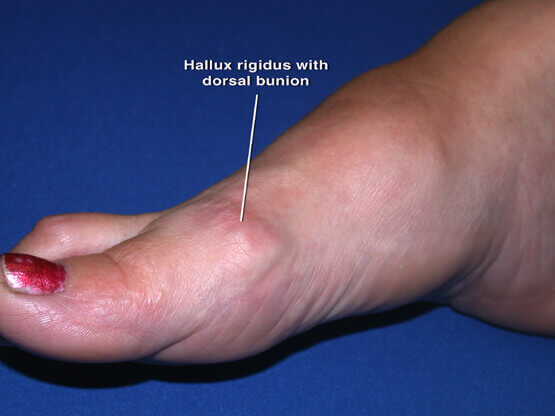
Hallux rigidus is a mechanical arthritic condition of the big toe joint. Overtime hallux rigidus limits the bending of the toes. Initially, the condition is not very painful and only slightly limiting. However, over time, it can lead to severe pain and complete blockage of motion. At our clinic, we specialize in treating Hallux Limitus.
Although the initial pain can be only slight, you should definitely have your feet examined by a foot and ankle specialist, because once the big toe joint wears out, the damage will be extremely difficult to reverse. In its final stage, hallux rigidus fully destroys the joint.
Our doctors at Issaquah Foot and Ankle Specialists have treated hallux rigidus for years. Give us a call today at 425-391-8666 or make an appointment online today.
Dr. Timothy Young Talks About Plantar Fibromas and Prescription Orthotics.
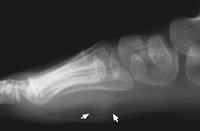
Plantar fibromas are benign soft tissue growth within the plantar fascia. This often present as a nodular bump in the instep. These are often painful especially with direct pressure. Patients will sometimes also have Dupuytren's contractu affecting their hands. They also often have a high arch foot structure. These are often diagnosed and confirmed with diagnostic ultrasound imaging and physical exam.
Dr. Brandon Nelson Discusses How to Get the Most Out of Your Bunion Surgery
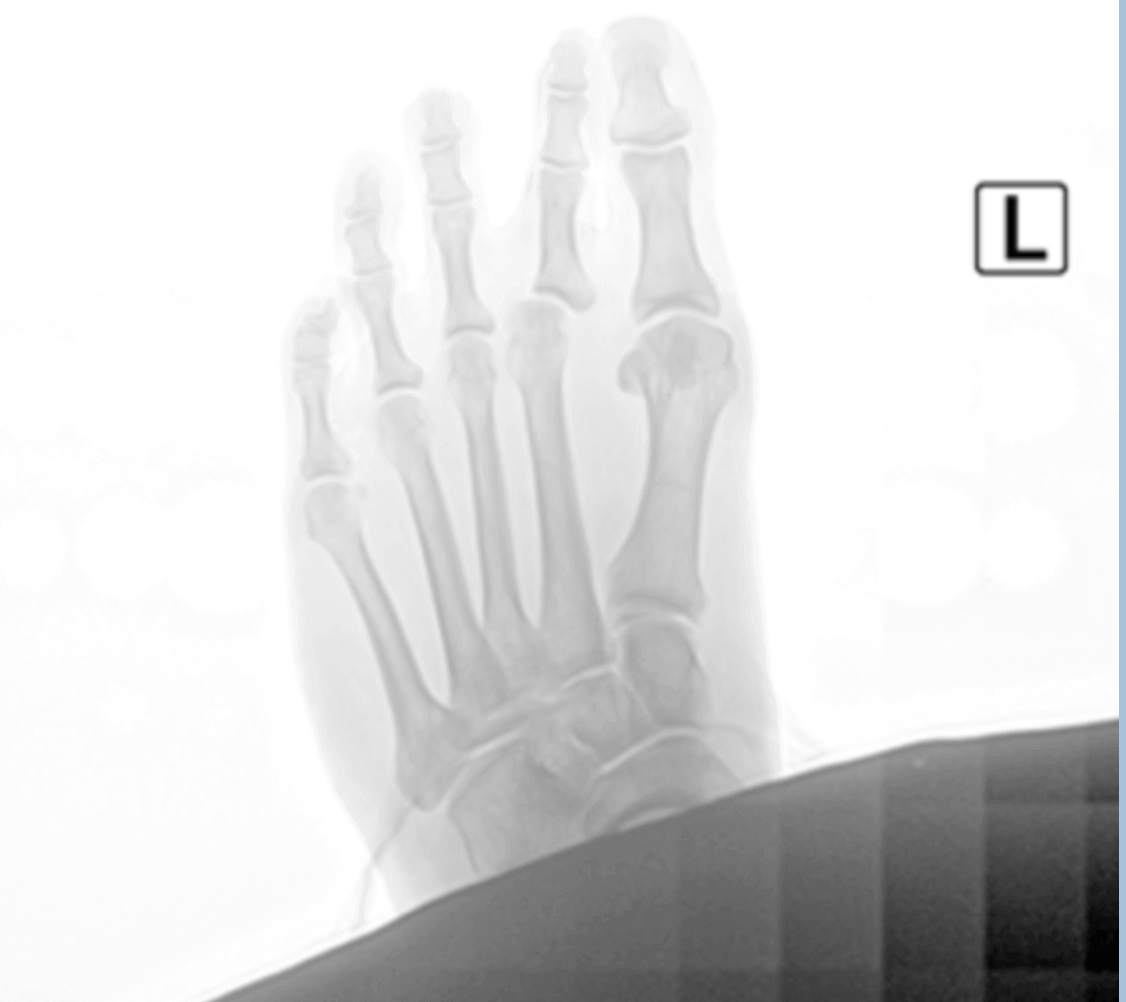
At Issaquah Foot and Ankle Specialists we average about 3-5 bunion surgeries every week. We find a lot of variation in bunion deformities from pediatrics bunion to Tailor's bunions. Bunions can have many different causes and it’s important to address all these deforming forces in order to maximize outcomes. Some people benefit from what's called a distal or metatarsal head procedure, others will need a more proximal or base procedure.
The majority of bunion procedures we performed patients are usually walking the first day after surgery. The limiting factor is usually swelling or pain at the operative site. We try to encourage patients to ambulate early and do functional range of motion quickly to maximize outcomes. The majority of bunion surgeries we provide at our clinic have great and quick outcomes. If you have bunion pain additionally we have many conservative options that we can provide for patients.
August Promotion
AUGUST 2020 PROMOTION - 20% OFF ALL VIONIC FOOTWEAR
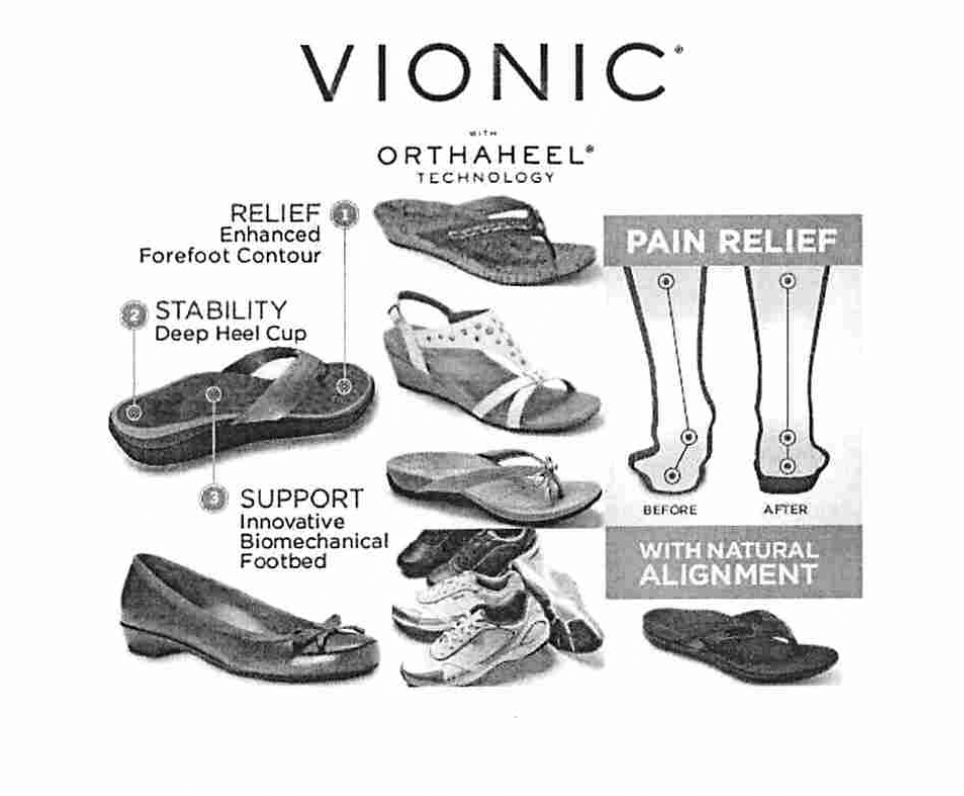
Dr. Brandon Nelson Discusses Understanding Plantar Fasciitis

Heel pain, plantar fasciitis or heel spurs can be extremely painful and uncomfortable for patients. A large percentage of the patient population we see at our clinic is for heel pain. Plantar fasciitis is extremely common as the literature reports as high as 60% of American adults will experience it at some point. The most common symptoms associated with heel pain are pain in the morning or a bruise throbbing type sensation in the heel. Often times patients come and wonder what caused the plantar fasciitis. Plantar fasciitis often originates with increased activity levels or increased stress on the foot structure.
Your plantar fascia is the main supporting network of the foot and people that have flatfoot for tight calf muscles are often predisposed to developing heel pain. Heel pain often starts slowly and begins to progress with time. The most important thing to understand in treating heel pain is to have it treated early. We find it much easier to get rid of it permanently if patients present earlier in the inflammatory process. The ultimate goal is to prevent it from becoming a chronic injury that can take months to get better. If you’re suffering from heel pain or pain when you get out of bed in the morning or after prolonged periods of walking, please give us a call at 425-391-8666 or make an appointment online and we will help you.
Dr. Brandon Nelson Discusses Options to Consider Before Having Your Neuroma Removed
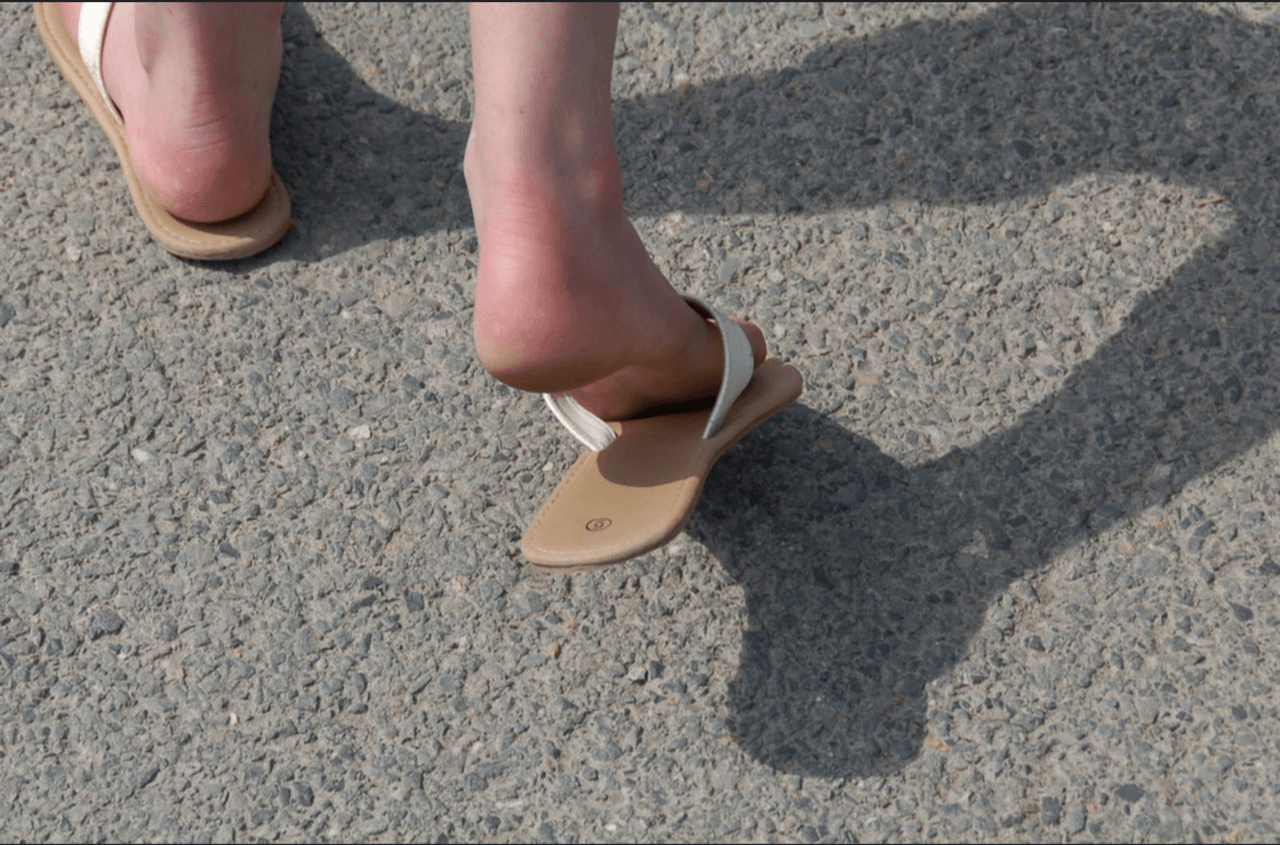
Neuromas or Morton’s neuromas can cause a lot of pain especially in people who partake in physical activities. Often times patients present with burning or tingling in the foot. The pain can subside with massage or taking off the shoe. Patients often relate numbness or tingling to the third and fourth digits and have done online research about Morton’s neuromas. The third interspace is by far the most common spot to get a Morton’s neuroma because the medial and lateral plantar nerves come together in this location.
Patients often have tried cortisone injections or other conservative modalities and then often times consider surgical removal. I always recommend an additional consultation for having a Morton’s neuroma removed because alcohol therapy can be so successful. At our clinic we use an ultrasound-guided alcohol injection therapy and often times see about a 90% resolution of symptoms. If you’re considering having your neuroma removed surgically please see us prior to doing this to see if you are a candidate for this therapy.
Give us a call today at 425-391-866 or make an appointment online today.
Exercises and Activities After Foot Problem or Injury

Dr Timothy Young discusses how to resume exercise and sports
In some cases it is possible to return to exercise and normal activities fairly soon after an injury or foot/ankle problem. With many acute injuries it is necessary to wait 3–4 weeks or longer, before attempting to return to activity. Depending upon the problem and level of recovery it may be necessary to wait until there is significant progress with the healing and recovery.
Pain is the key. Use pain as your guideline. Sometimes our patients will not know if they are okay with their activity level or exercises until later that day or even the following day. For example let's say you are a "walker" who would do 3-5 miles "preinjury" and you decide to return to your walking. That day you're fine but the next day may be telling, you can tell if you did too much too soon. In this case you know it is too soon to return to activity and you have to give it more time, possibly 1 week or longer. Listen to your body, and let pain help guide you.
Start slowly! After a foot problem or injury when you are ready to start resuming some activity, always start at a reduced level. For example if you typically walk 3–5 miles then try walking just 1 mile when you first return to activity. Do this for the first week and again use pain as your guideline, if all goes well then add a half mile the next week and continue that pattern.
Consider crosstraining: Aqua jogging and a stationary bike are often ways that you can do exercises without any impact. When using the stationary bike it is often necessary to use your heel and not the front of your foot on the injured side.
Use taping and braces: We have handouts on foot and ankle taping (KT tape). Taping and braces often allow you to get back to activity sooner than you would otherwise. Often you don't have to tape every day, just on those days were you will be on your foot much more or when you are doing weigh bearing exercises.



